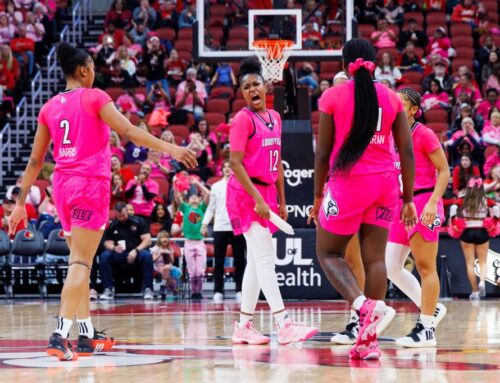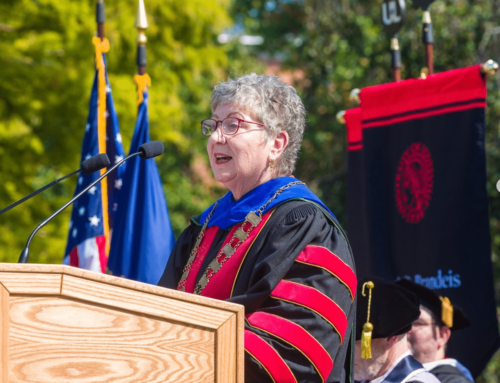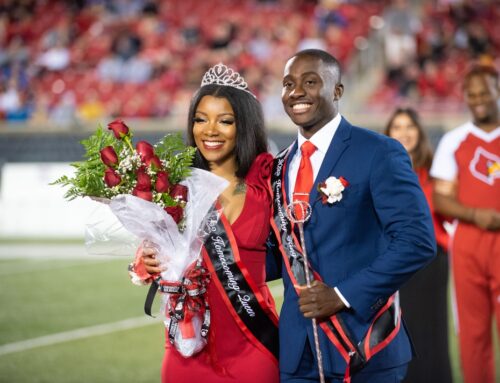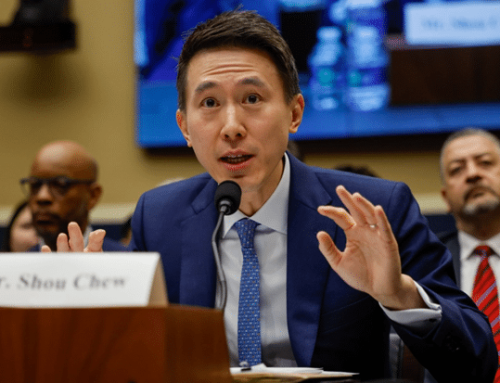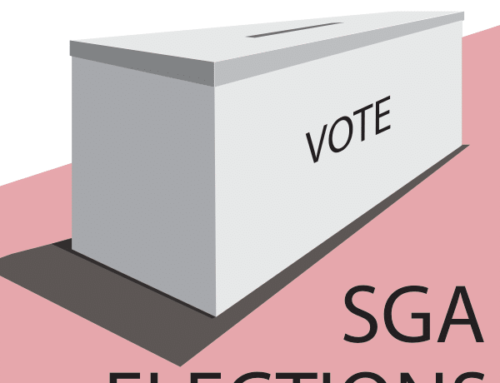The University of Louisville is hoping to transform Stansbury Park, the public park along Third Street, into a recreational area that will better serve both the community and U of L students. Major proposals to the existing park include adding a campus eatery, an outdoor amphitheater and renovating sports facilities.
President Dr. James Ramsey unveiled the master design plan during the Board of Trustees meeting on Jan. 12. Now, the proposal awaits approval from the Louisville Metro government, which currently manages the park, to proceed.
“The university is interested in making the area around it more attractive so that residents feel better about their home or workplace,” said Kathleen Smith, executive assistant to the president. “We hope the changes will increase pride in the area.”
Stansbury Park was identified as an area needing improvement by a survey conducted by the Task Force on Beautification, a committee charged with improving the image of the university and the surrounding neighborhood.
Changes to the park would include a new campus eatery, an outdoor amphitheater and bandstand and an outdoor art display area for sculptures from the Speed Art Museum.
“I think it sounds like a good idea. It would be nice to have another option for a place to hang out on campus,” said freshman Speed School student Billy Grubbs.
Board member and Student Government Association President Darrell Messer said his general reaction to the plan was positive, emphasizing the eatery.
“There is a lack of variety in venue and capacity for food on campus,” said Messer, a senior engineering major, “and it seems like the park idea could combat that. It sounds like a win-win situation.”
For the past three months, the Office of the President has been constructing designs of the park in consultation with Rowland Design Inc., a company specializing in architect, graphic and interior designs.
Chief design consultant Beth Brown said that much of the park’s new design came from research into the area and the original design of the park.
“We designed it, much like the original, to appeal to the broader community,” said Brown. “The university is very interested in how the park can affect the surrounding neighborhood.”
The plan would include several alterations to the existing structure, such as modifying the basketball and tennis courts and improving bike paths. Brown said the plan leaves plenty of open space intact for other activities.
Sophomore humanities major Dion Mikkel said, “It sounds like a nice addition to that part of campus. It’s nice to see the university fixing things up in areas where regular students can benefit that aren’t sports related.”
The plan is set to go to the city for approval. Smith expressed great optimism for its passage, as she said that the Mayor’s office had supported the initial conceptual design of the plan.
“We hope that the park will become an asset to its neighbors just as Seneca, Cherokee, and other parks have turned out to be,” said Smith.


